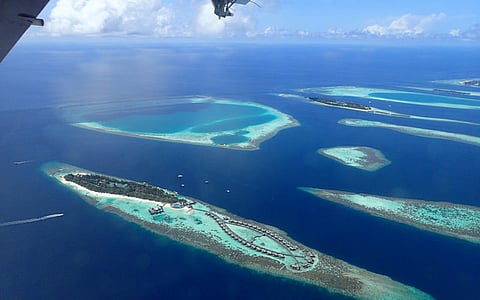
- Home
- Live Blog
- Breaking News
- Top Headlines
- Cities
- NE News
- Sentinel Media
- Sports
- Education
- Jobs

Paji, Feb 22: Overkill as well as rising temperatures in the western Indian Ocean is driving down the numbers of the world’s most valuable fish, the tu, suggests research conducted by an intertiol team of scientists, including those from the Goa-based tiol Institute of Oceanography. A joint research paper on reduction in marine primary productivity driven by rapid warming over the tropical Indian Ocean also calls for monitoring of warming patterns of the Indian Ocean water in the future. “Available data show that the tu catch rates in the Indian Ocean have declined by 50-90 per cent during the past five decades. Increased industrial fisheries is a major cause for such a huge decline,” the recently published research paper says. “However, the reduced phytoplankton may add up as a potential stress factor in the recent decades, and exploiting a resource that may be in decline can tip it over to a point of no return,” it adds.
The annual catch of tu in the Indian Ocean is the biggest as compared to other major oceans and is estimated at around Rs 3,000 crore. The tu haul in the Indian Ocean accounts for nearly 20 per cent of the world tu catch. The hauled fish, once processed is exported to Europe and Americas and is a popular canned food.
The research paper, however, claims that decreasing volumes of marine phytoplankton — a micro-algae consumed by small fishes and responsible for breaking down carbon dioxide in the sea water — due to rising temperatures in the western Indian Ocean region is also taking a toll on the tu catch. “Large-scale distribution of these domint species of tus are associated with the phytoplankton availability and abundance. The need to understand the long-term trends in phytoplankton blooms in response to the rising temperatures can hardly be overemphasised,” says the paper. (ians)